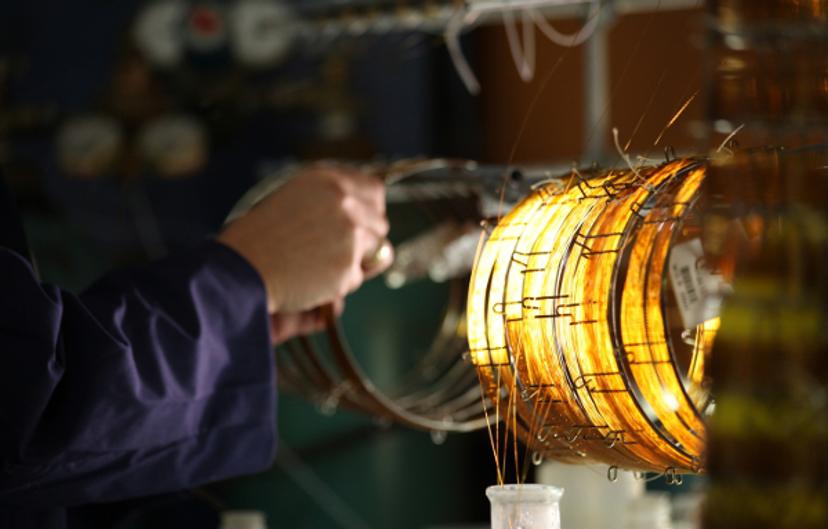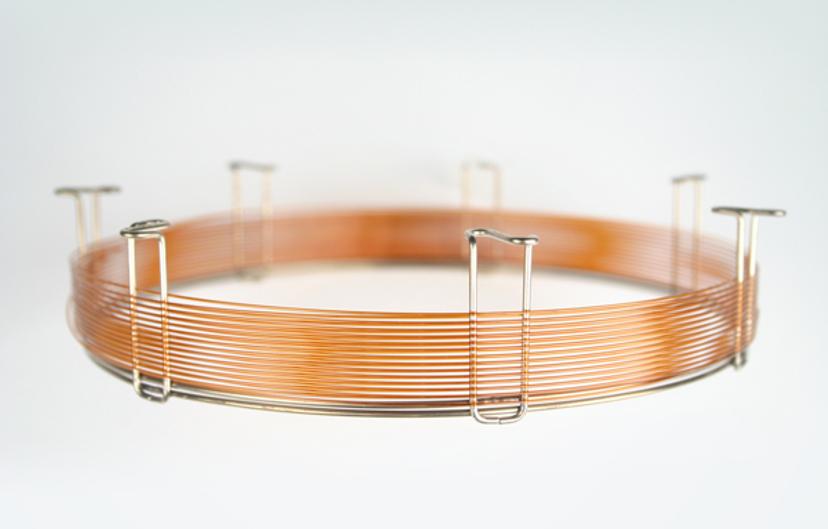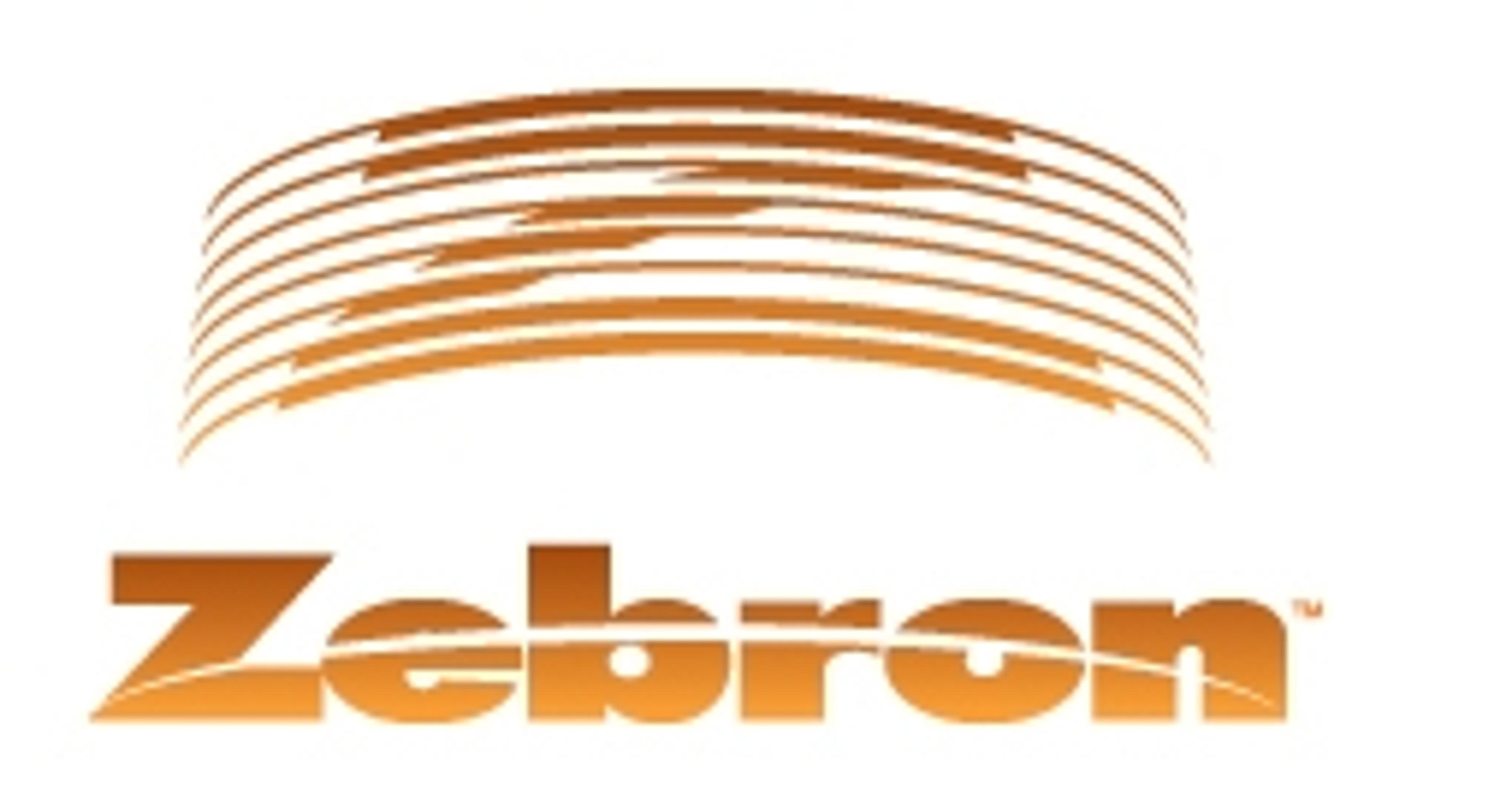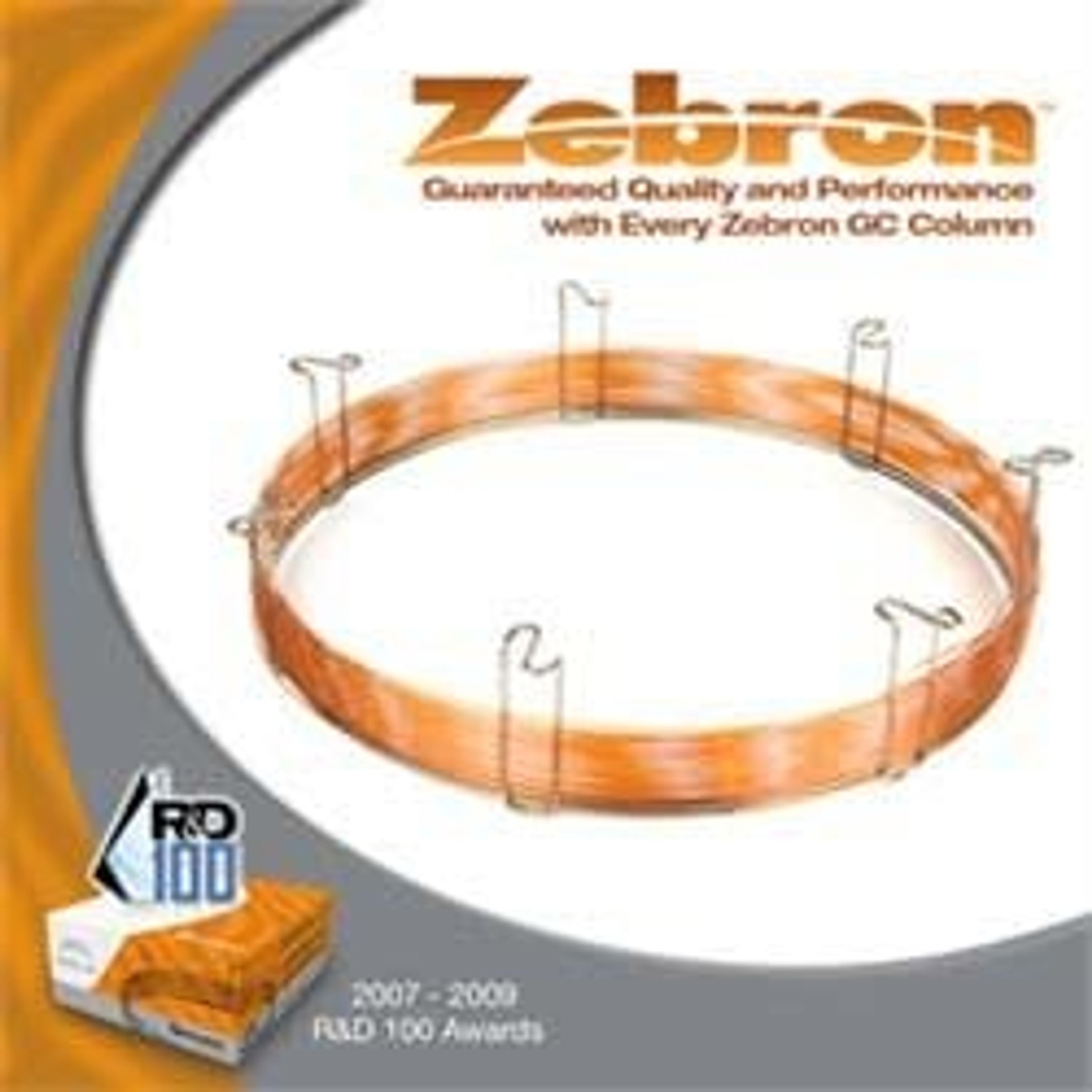Trends and Perspectives in Gas Chromatography
Gas chromatography challenges and solutions: learn from the experts
21 Feb 2017

Tim Anderson, Global Product Manager, Gas Chromatography, Phenomenex
Gas chromatography is a widely used technique in many industries. SelectScience® spoke to global separations company, Phenomenex, to learn more about the challenges facing scientists, and future gas chromatography trends to look out for.
SS: Can you tell us your name and confirm your job title for us?
TA: My name is Tim Anderson and I’m the Global Product Manager for Gas Chromatography at Phenomenex.
SS: How widespread is the use of gas chromatography (GC) in laboratories around the world, and what sorts of applications is the technology being used for?
TA: GC is used in laboratories around the world, in most, if not all industries. GC will be found in environmental, food, clinical research, pharmaceutical, petrochemical, and forensics laboratories. The types of applications are equally diverse. GC is a rugged and valuable tool for pesticide and contamination testing for the food and environmental industries. It is used in screening drugs of abuse in biological matrices and even in metabolomics and clinical research laboratories. GC is commonly used for purity and assays such as residual solvents in pharmaceutical and nutraceutical manufacturing. Finally, GC is the primary workhorse technique in the chemical and energy industries.
Meeting laboratory challenges
SS: What are some of the traditional challenges faced by laboratory users of GC?
TA: The primary challenge of GC analyses is if the analytes of interest are amenable to the GC technique. One example is if the analytes are volatile enough to properly chromatograph. This particular challenge can be solved with derivatization; modifying the analyte to a form that is more amenable to GC. Somewhat related, is the issue with compounds being thermally liable. These types of compounds can break down in the inlet, resulting in inaccuracies in quantification or otherwise poor chromatography. This can be a known challenge in environmental testing as well as pharmaceutical compounds.
Another primary challenge with GC is the need for proper sample preparation. While sample prep should be seen as a crucial step for any chromatographic technique, this is particularly so with GC. Non-volatile matrices can dirty the inlet liner and head of the column; salts, acids and bases can all damage the column. Many labs still use non-selective techniques such as flame ionization detector (FID), which could lead to coelutions of analytes with the matrix or other chromatographic challenges.
Finally, activity is always an issue with GC users. This is predominately in the liner, but can also be seen in the column itself. Activity typically shows itself as peak tailing, which can result in failing system suitability, calibrations, and the such.
SS: How has Phenomenex evolved to help customers face these challenges?
TA: The Phenomenex Zebron™ brand launched a new range of liners, including a standard deactivation as well as a more inert portfolio of liners. As liners are the most likely culprit of activity in the GC system, these products help address some of the concerns that the scientist has at the bench.
Furthermore, we have introduced a Zebron PLUS collection of GC columns that are manufactured with reduced activity, leading to an improvement in peak shape and analysis. In the environmental industry in particular, our ZB-SemiVolatiles column was launched in 2013; this column specifically targets EPA Method 8270 (which is particularly subject to active and tailing analytes), and undergoes rigorous QC testing, geared specifically for the method’s system suitability requirements. This column was a breakthrough for many labs looking to improve productivity for their routine semivolatiles methods significantly, without having to change their method.
Innovation and improvements
SS: How has GC technology and manufacturing improved over the years?
TA: Not all, but most GC phases are now bonded to the column. This improves the stability of the phase, providing greater lifetime and durability against solvents. In the past, inadvertently ‘washing’ the film from the phase could have been a concern, but this is rarely a major issue now.
Another improvement is that many GC columns are now QC tested with specific test probes that better reflect real-world situations. For example, the Zebron™ ZB-SemiVolatiles GC Columns undergo a QC check using the EPA 8270 test mix, to ensure that columns will meet or exceed user experience right out of the box.
Though GC instrument technology has evolved, the column still remains the heart of the system, as it is responsible for actually doing the separation. We at Phenomenex have tried to bring innovation to GC column technology by focusing on making improvements for specific challenges that we hear labs face every day. Whether that be a specific application, system suitability requirement, or common challenge, we try to look at the GC column’s contribution and make improvements from there.
Over the years, we’ve continued to improve and now – 20 years later – we’re proud to introduce a newly constructed, state-of-the-art 15,000 square-foot GC manufacturing, development and knowledge facility. The facility is the innovation center for the Zebron products our customers know and love. This was a huge improvement that translates to even better quality, performance, delivery, and service for our customers around the world.

Zebron™ ZB-SemiVolatiles GC Columns
Image: Courtesy of Phenomenex
SS: What are some of the GC challenges that you anticipate laboratories will face over the next few years and how will you continue to evolve to help laboratories to overcome them?
TA: The most common thing I hear is that laboratories want to run faster, they want columns to last longer, and to do so at a good price. Most industries struggle with the better, faster, cheaper conundrum; however, there are a few ways to address this.
One approach is to develop novel column chemistries that improve separation for specific application needs. The analysis of fatty acid methyl esters (FAMEs), for example, is an application that has typically required high polarity columns with extremely long lengths for adequate separation. The Zebron ZB-FAME is such a column that can achieve better resolution in 30m than the historic columns did in 60m or 100m. This helps address laboratory throughput challenge, and as much of the manufacturing cost is tied into materials, a shorter column typically costs much less than their longer counterpart.

Zebron ZB-FAME
Image: Courtesy of Phenomenex
In regards to column lifetime, often a more deactivated column can address this. When you start off with a higher performing column, it can essentially take more abuse before the column activity reaches such a point where quality control standards are no longer met. It’s important to understand what scientists are doing in the lab and develop GC products around those needs.
Finally, at Phenomenex we are improving the customer experience of finding and purchasing products. We appreciate that people are busy, and at times, customers want to simply be guided to products that solve the problem. We have created several categories to cater to customers with different needs, as well as developing several online selection tools such as Application Search, GC Column Finder, Structure Draw, and GC Liner Finder.
SS: Do you have any further initiatives in the pipeline that your customers might be interested in hearing about?
TA: The Zebron™ ZB-FAME column is a fantastic column that produces better separation than columns over twice its length. This should be a great addition to any laboratory analyzing FAMEs.
We launched a new portfolio of GC inlet liners including one with an advanced deactivation that benefits scientists working with active compounds. That portfolio will continue to expand as we receive feedback (which we highly encourage!) from our user base.
Finally, we have several new resources and tools on the website that can help people find the best column or liner for their analyses. We find that often, labs are using the same types of products they started their businesses with years ago, though there are vast improvements in performance that can be achieved by using newer products on the market. In the grand scheme of lab operations, sometimes column or consumable selection can become overlooked. We put together a robust set of tools that allow our customers to easily and quickly find the product that best meets their needs, be that one of the basics or a new technology.


